
15 minute read
FULLY PRESENT
PRACTICAL LESSONS ON FOCUS, PATIENCE,
NERVES AND INTENT FROM WORLD NO. 1 SCOTTIE SCHEFFLER
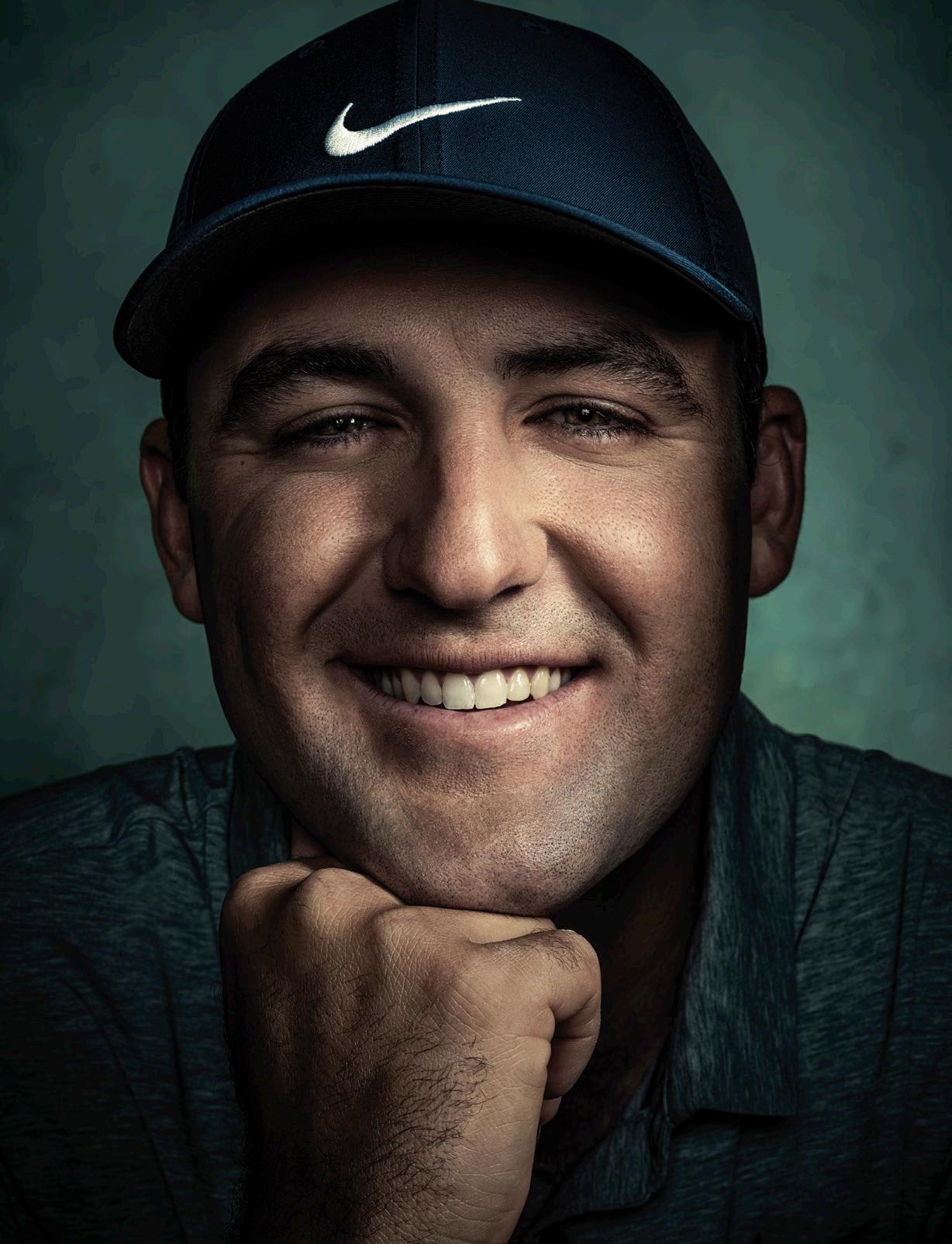
BY MATTHEW RUDY
PHOTOGRAPHS BY DAN WINTERS
It took Scottie Scheffler all of 92 professional starts to get to World No. 1. Tiger Woods (21 starts) and Jordan Spieth (77) are the only two to do it faster, and neither of those guys spent a year in the socalled minor leagues like Scheffler did.
His meteoric rise, which included a win at last year’s Masters Tournament, wasn’t the result of a breakthrough swing tip or new exercise routine. He had a season for the ages by being the same person he has always been — consistent and relentless. Scheffler’s primary skill — aside from virtuoso hand-eye coordination and ultra-alpha competitiveness — is the ability to deal with only what’s in front of him. Many players get triggered by the past or the future — not Scottie.
You might think that type of focus, to stay fully present at all times, is reserved for the game’s elite, but Scheffler and his long-time coach, Randy Smith, say it’s a skill you can learn and use, too.
It doesn’t mean turning into an emotionless robot on the course or training yourself to somehow go blank when the pressure turns up. In fact, it means letting yourself be more human and more reactive, but with a process on how to handle it — and how to embrace the challenge as more fun.
Read on if you’re ready to play more “in the now”.
You Do You
With all due respect to the WM Phoenix Open’s 16th-hole stadium hysteria, the drink-fuelled rowdiness in the desert has nothing on the focused, patriotic intensity of a Ryder Cup crowd. The sound coming from the thousands surrounding Whistling Straits’ first tee for the 2021 singles match between Scheffler and then World No. 1 Jon Rahm “was like being inside a jet engine,” Smith says. “I’ve never seen or heard anything like it in my life.”
Neither had Scheffler. A year removed from being named PGA Tour Rookie of the Year but still winless at the top level, Scheffler did have success that hinted at his potential — US Junior Amateur champion, Korn Ferry Player of the Year. But on this stage, this early in his professional career, the moment could have been paralysing.
“I didn’t have anything to compare it to,” Scheffler says. “You hear players say winning a match at the Ryder Cup is like winning a major. There’s so much more weight because you’re also playing for the other 11 guys, captains and vice captains and the thousands of people out there. At the Masters, it’s just me, my caddie and a small team. If I fail, they still love me. If you fail at the Ryder Cup, you’re letting down the whole country.”
Once Scheffler’s tee went into the ground that autumn day, the stress and anxiety from the runup to the match receded. He went through his usual routines and mannerisms, down to his familiar shirt shoulder tug and thousand-yard stare. It was as if he was playing a random off-week match against his buddies with only $50 on the line.
“It doesn’t matter where I’m playing, I’m just an amped-up person, excited to compete. The build-up can be a challenge, but when you get out there, all of that melts away. Then it’s just: I know what I’m doing. I can play this game.”
In that Ryder Cup match, Scheffler birdied the first four holes and never let the previously undefeated Rahm rally. He put the first singles point on the board for the victorious American team and went 2-0-1 in his matches. That performance set the table for an incredible stretch when, in the span of five events, he rose to No. 1 in the World Golf Ranking with wins at the WM Phoenix Open, the Arnold Palmer Invitational, and the WGC-Dell Technologies Match Play. If that wasn’t enough, he followed that with a victory at the Masters, his first major.
Your first lesson, Scheffler says, is to stick with your habits, your mannerisms, your style of play — no matter what you’re up against. The atmosphere might feel different, but you’re not.
YOU DON’T HAVE TO BE PERFECT — NOT EVEN CLOSE
Watching golf on television can give the impression that the best players in the world are flushing almost every shot. It’s true that a lot of things have to go right to win a tournament at any level, but that doesn’t mean it’s necessary to stay mistake free to play really well.
“In Phoenix [in 2022], I learned it doesn’t take perfect golf to win,” says Scheffler, who picked up his first tour victory after a three-hole playoff against veteran Patrick Cantlay. “I came from
DRIVER: STRETCH YOUR CHEST
Transitioning too fast is a big reason you don’t hit it as far — or as straight — as you can, says Scheffler’s coach, Randy Smith. “If you don’t get a full stretch in your chest on the backswing, the downswing happens too fast relative to your body’s timing, the club gets to the ball too early, and a slice or pull is the likely result.” Instead, keep stretching as you swing back. Don’t stop until you feel the weight of the clubhead ‘tip over’ at the top.”
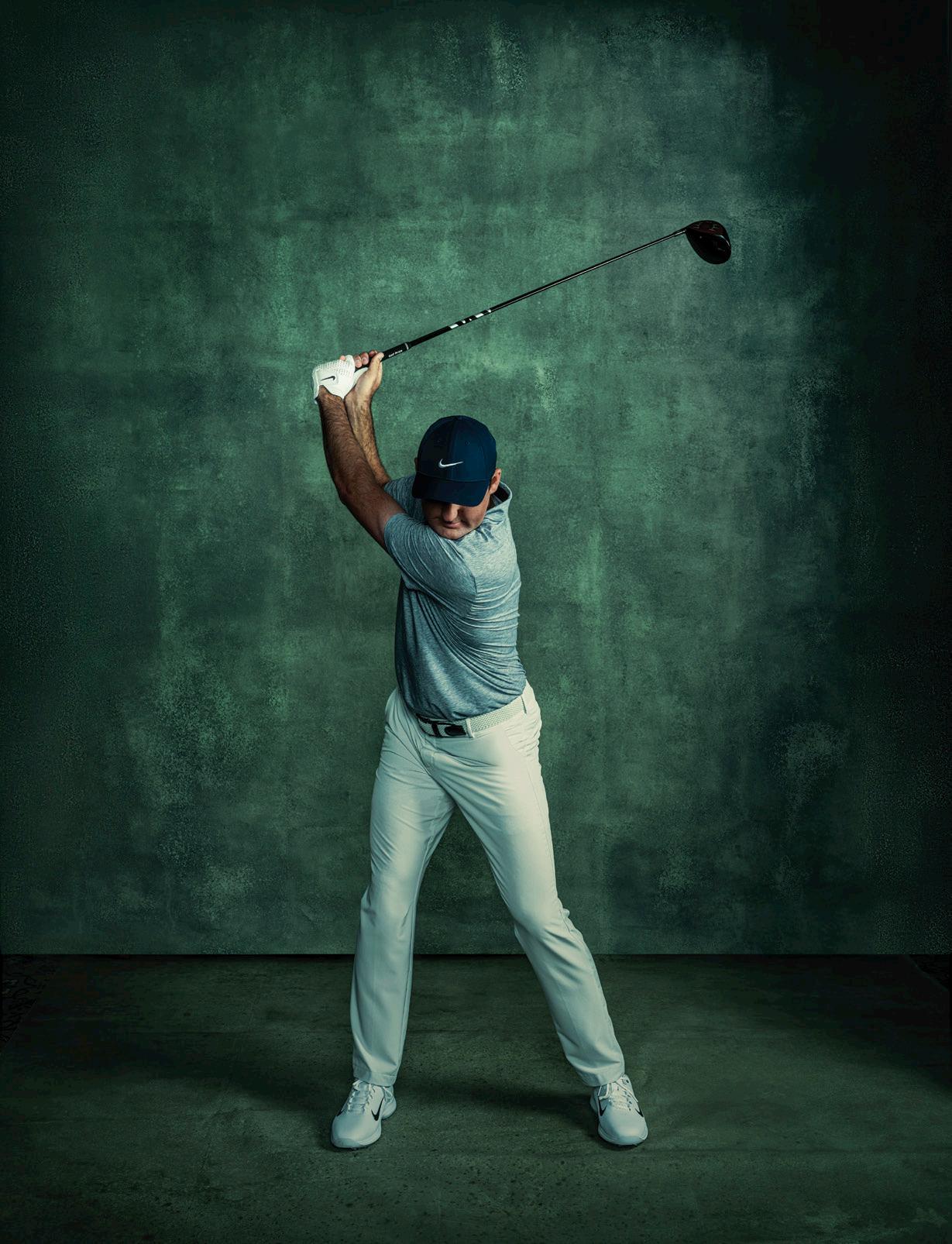
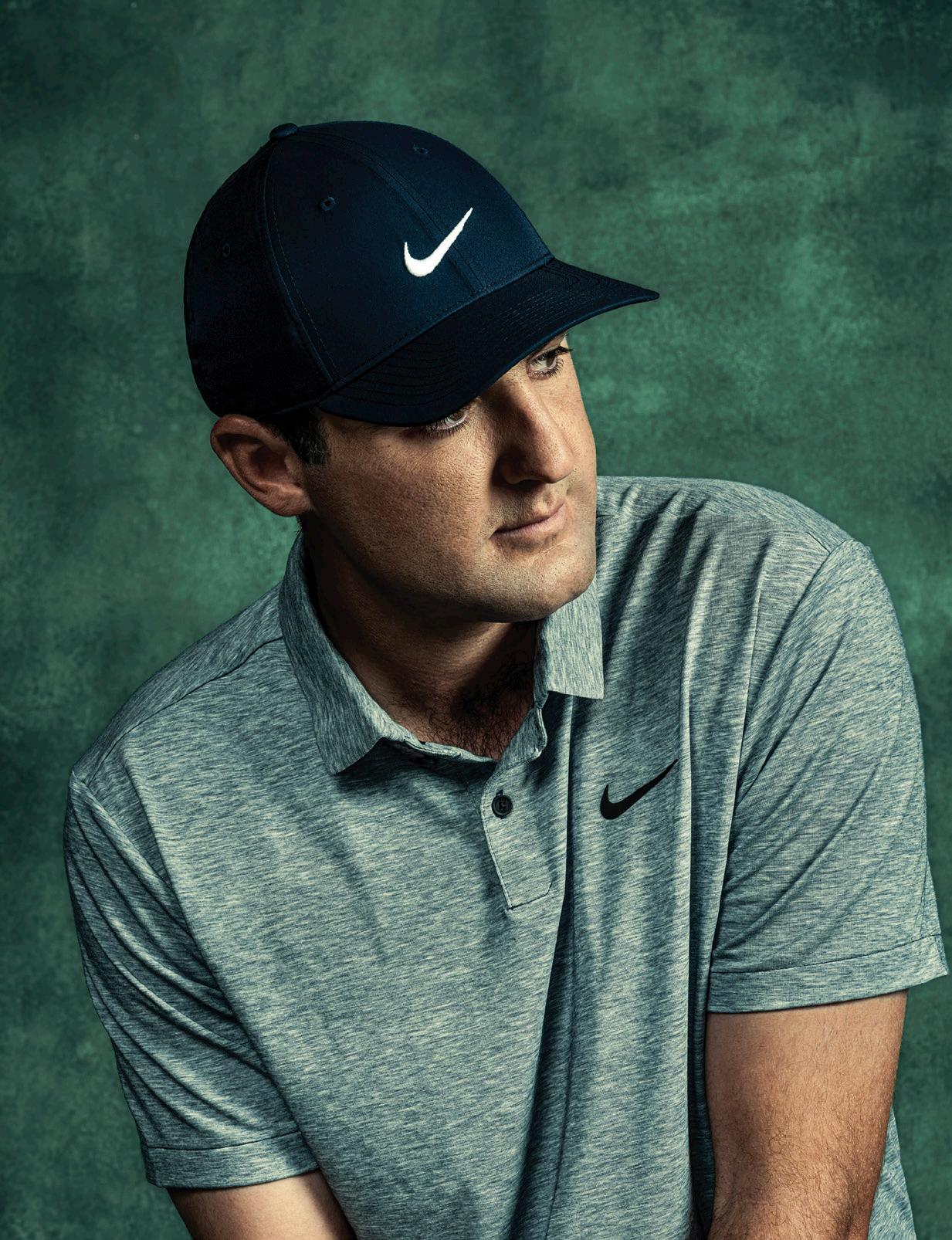
PUTTING: NEUTRALISE YOUR GRIP
No matter what style putter or stroke you use, stability through impact is key, Smith says. For many players, that will be much easier with a simple adjustment: “You have to be careful not to let the lower hand go on the handle in a ‘too strong’ position, like it would be for a full shot,” Smith says. “When both hands are neutral — meaning the lower hand is weaker and oriented more toward the target, you’re going to have much more stability.”
SHORT SHOTS: FOLLOW YOUR PIVOT
With all shortgame shots, one thought that can dramatically improve the quality of your impact is, Let your club follow your pivot. “If your body stops on the way through, or you stop the club at the ball, you’ll never have a consistent bottom to your swing, and there goes predictability, and any consistency,” Smith says. “Pivot toward your target, and let the clubhead flow through the ball and finish at the spot you picked.”
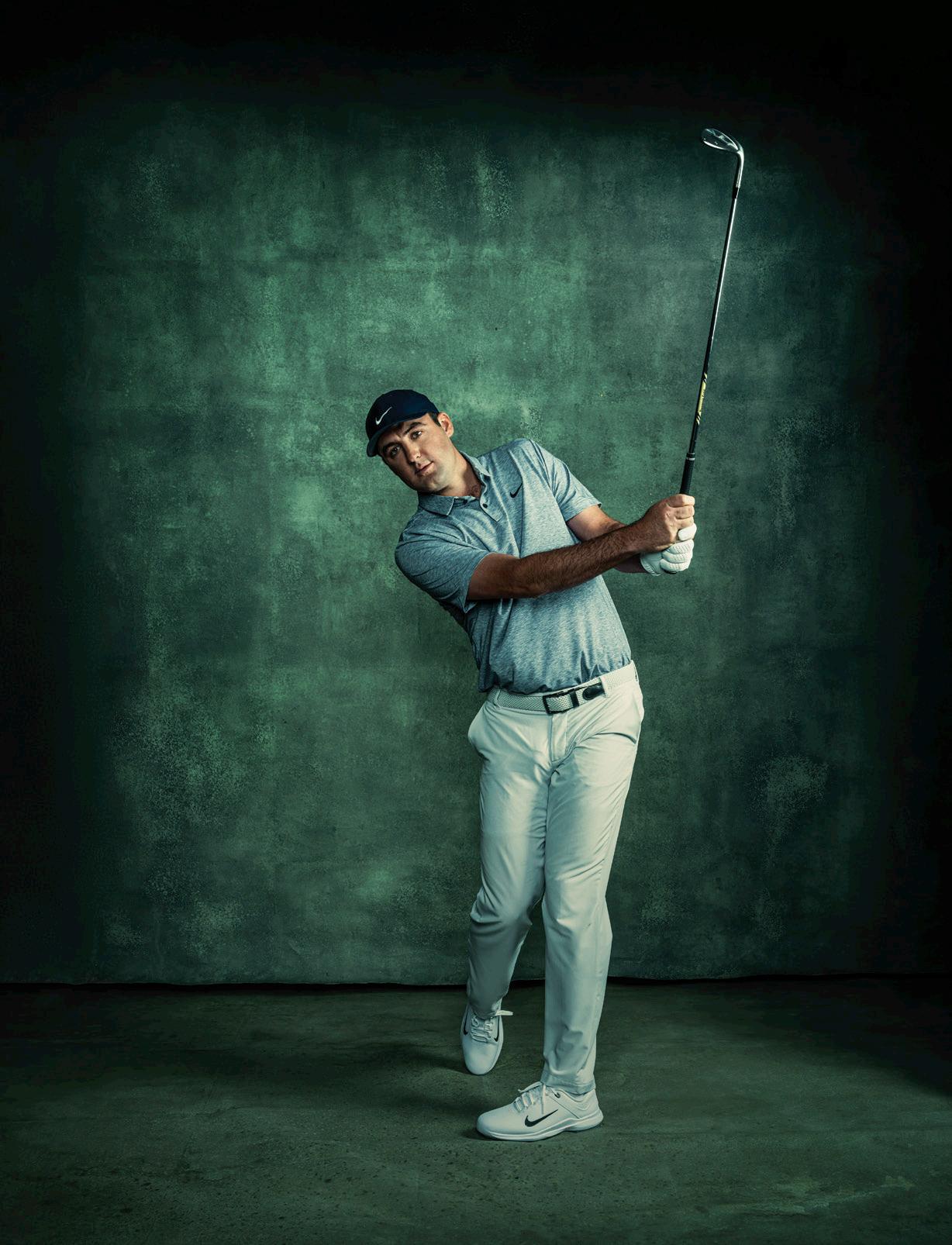
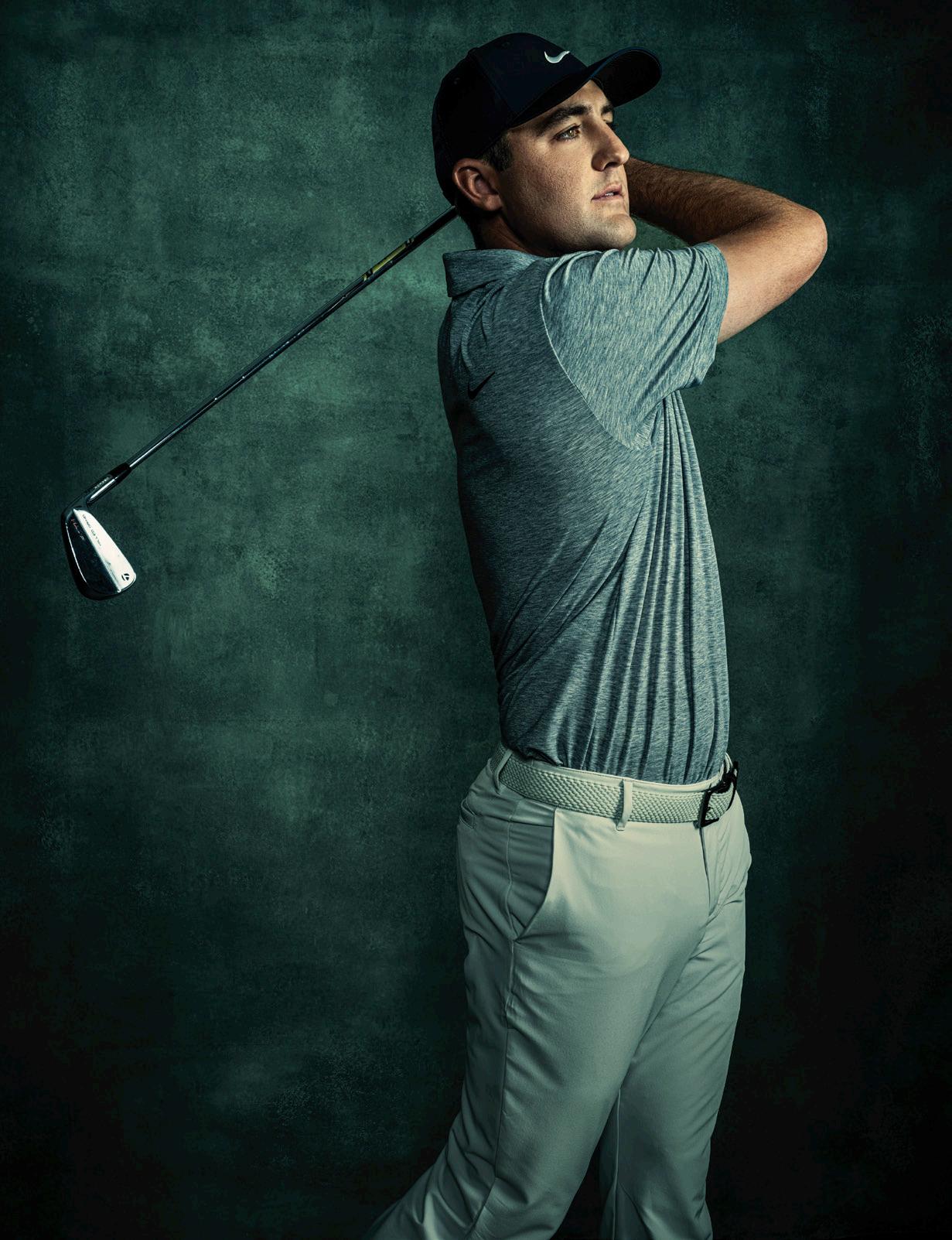
IRONS: TAKE THE SLAP OUT
Scheffler hits more balls than virtually anyone on the planet, Smith says. He even carries a club with a reminder grip for practice.
“Every player’s grip drifts, which means every player needs to be checking it,” Smith says.
Scheffler’s issue was the handle drifted up and his lower hand was almost off the club. The subtle change in feel made his hands more active, giving him the impression he was slapping at the ball. Your hands should play a more passive role in the swing, Smith says, so adjust your grip to reduce the impulse to hit at the ball with them.
behind there, and I made three or four bogeys in the first 12 holes on a course where you have to go out and make a bunch of birdies. When I got to Bay Hill, I was struggling. I had to keep telling myself everybody else was struggling, too, because the course was so hard. I thought: Just stay patient Knowing it’s OK to make some mistakes is freeing. You can stop thinking about what’s going to happen on the next hole, or what the guys behind you are doing, or where the ball is going to end up, and just try to hit a good shot. Then get to the next shot and try to do it again.”
Bury Yourself In The Process
At the 2022 Masters, his tee shot on the 18th on Saturday afternoon was like a needle scraping across a record. He pulled it deep into the thick line of trees and bushes that form part of the “vegetation tunnel” you have to get through to find the fairway. Before that big miss, Scheffler had been cruising, building a four-shot lead over Cameron Smith. As he got to the area where his ball landed, and it still hadn’t been located, his first feeling was a flash of panic and the next was to second guess: Why did that happen? Was I trying to hit it too hard? Was I not fully committed to the shot? “Those feelings and thoughts come first — and that’s all right,” Scheffler says. “But how quickly can you reset and get into ‘solutions mode?’ I have to go find my ball in the woods. OK, found it. Can’t hit it. What can I do? How do I get to a place where I can hit it?”
Scheffler dropped in the pine straw and ripped a high, hard 3-iron that hit the green and ended up just off the back edge. He wound up making bogey, but it was more of a triumph than a defeat, preserving a comfortable cushion leading into Sunday.
“That’s the thing Tiger has been so good at,” Scheffler says. “When he’s in those situations, all he’s thinking about is trying to execute the shot. He isn’t worried about if it’s going to work out. He’s fully committed to what he’s doing. I’m just trying to get as close to that as possible. When I’m playing my best, I’m focused on my target, the shot shape. I’m getting so focused on what I’m trying to do with the golf ball that I’m not thinking about swing mechanics. I’m not thinking about anything other than good rhythm and feeling where the shot is going.”
Practise With Real Intent
The emphasis here is on the mental game, Scheffler says, but that doesn’t mean mechanics don’t matter. They do, but you probably have to change your relationship with them — and how you ap - proach technical improvement. That was one of the biggest adjustments Scheffler made going from college golf at Texas to the PGA Tour.
“I’ve always been very good at being focused, but I focused on random stuff — like games on the range and trying to hit a certain pole or something,” Scheffler says. “Keeping practice fun is important, but ultimately the practice you’re putting in needs to serve what you’re trying to accomplish when you play. There are certain guys you can watch out on the range, like Patrick Cantlay or Justin Thomas, and you immediately see that they’re intentional and focused. I used to be able to spend all day out there, but now I just don’t have as much time or energy because there’s just more stuff going on. I can’t be ready for what happens on Sunday if I’m wasting a bunch of time Monday, Tuesday and Wednesday.”
The takeaway for you is to come into a range session with a single, specific thing to accomplish. Treat it like a mission. “One of the big benefits of the Ryder Cup was, for the development process, it showed me the max amount of pressure I could feel. That really informed the way I practised after that,” Scheffler says. “You know what you were feeling and thinking over those shots, so you can start to practise to prepare for those scenarios.”
Put It Away
At any level — and especially at the highest level — managing failure is a fundamental part of the game. Shots don’t always work. Players lose tournaments. Other players play well to win. Even Scheffler’s career year ended on an off note when he let a six-shot lead get away on Sunday at the Tour Championship. Keeping the losses in the proper perspective can make them fuel for future success instead of scar tissue.
“Tiger didn’t make every putt and win every tournament,” Scheffler says. “What happened at East Lake at the Tour Championship, or being one shot away from winning the US Open, I’m never going to forget those tournaments. Those experiences are good lessons when it comes to putting in the work. Even though the good and bad memories will stick with me, they don’t hang over my head every day. When I get home, I’m home. I’m just trying to have fun. Golf’s one part of my life, but it’s not my entire life.”
Even there, he’s fully present.
2023 Masters Preview

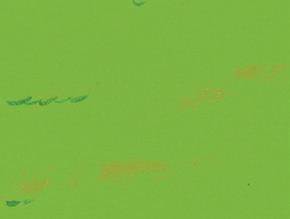




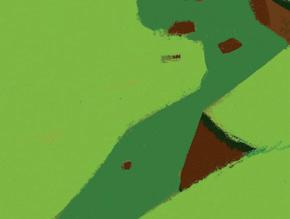


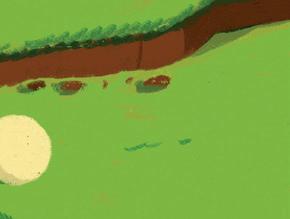
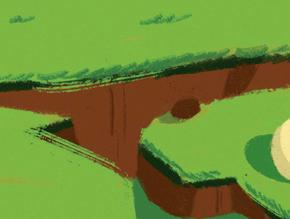
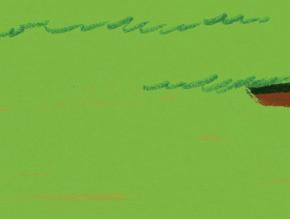
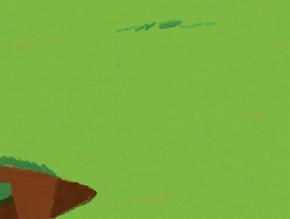
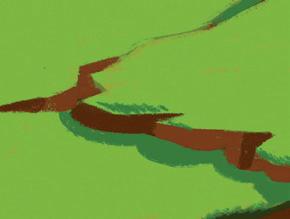

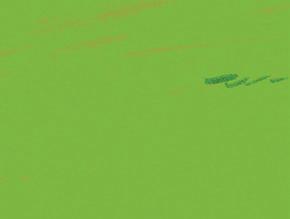
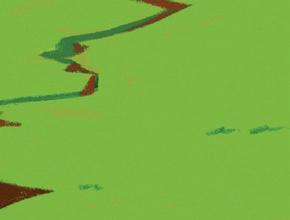
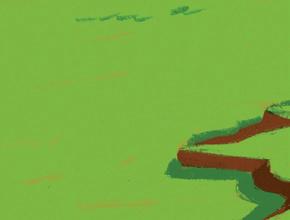



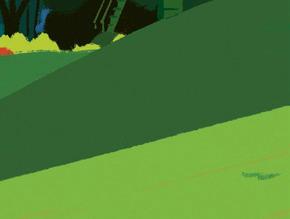
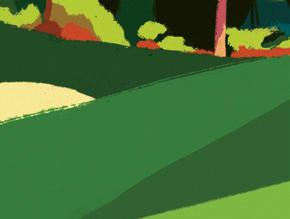



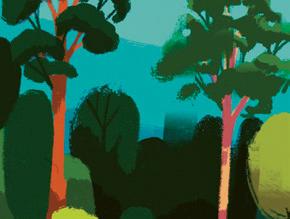
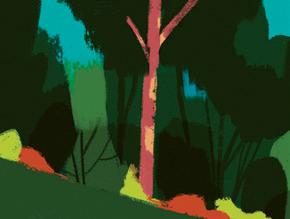
THE HOME OF THE MASTERS CONTENDS WITH LIV, DISTANCE, PROPERTY EXPANSION AND ITS OWN IMPOSSIBLE STANDARDS
BY JOEL BEALL
IT’S KNOWN AS “THE PLAN”, AND IT HAS BEEN PUBLICLY ACKNOWLEDGED. AT THE 2016 MASTERS, BILLY PAYNE, THEN CHAIRMAN OF AUGUSTA NATIONAL GOLF CLUB, WAS ASKED ABOUT THE CLUB’S DEVELOPMENT OF THE WESTERN SIDE OF THE PROPERTY.
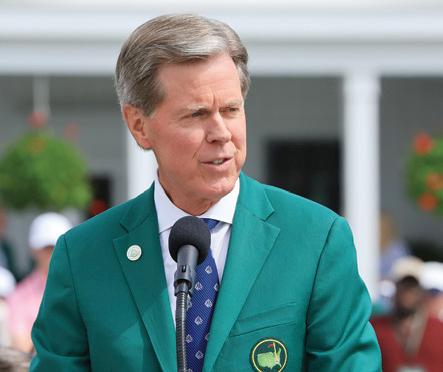
Payne politely laughed off questions about specifics, but he provided insight into the club’s strategy. “Corporately, we plan 20 years down the road,” Payne said. “We have plans for every couple years of iteration going all the way out to 20 years. That, of course, is subject to dramatic change depending on who the chairman is at the time.”
Some changes patrons will encounter at the 2023 Masters were envisioned around the turn of the century. They include a redesigned Par-3 Course for the tournament’s Wednesday contest that will have more patron viewing areas, a new entrance for patrons, a merchandise pavilion that will exit to Washington Road on the east side of the course, two new cabins (one of which is rumoured to be a steakhouse for members) and a 40-yard extension of the famed 13th hole. The club plans reach far into the future. Among the rumored ambitions are a banquet hall, on-site housing for all Masters competitors and media, a tournament-only exit off I-20 that goes straight to Augusta National’s parking lot, a reimagined fan village and a new golf course that presumably would host the opening rounds of the Augusta National Women’s Amateur. “Whether or not my 20year plan would be embraced by the person that follows me is, you know, subject to debate,” Payne said. Yet, for all that Augusta National can plan, there remains plenty it cannot.
FEW THINGS IN SPORTS ARE AS venerated as the Masters Tournament. It is the closest thing the game has to a holiday, a gathering not only of the best players but of zealous fans, socialites, the media, power brokers, aspiring parvenus, vendors, salesmen and those simply trying to get warm by the fire.
The tournament’s perception as a dependable, unchanging entity in an ever-changing world is one of many reasons the Masters is beloved. However, as much as Augusta National honours the past, the club has been mindful of the future. The Masters was the first 72-hole tournament to be played across four days, the first tournament to use leaderboards and the over/under-par scoring system, the first to introduce grandstands and gallery ropes, the first to be broadcast on radio, in colour on television, in 3-D and streamed to let fans see every shot hit on every hole. What the club hasn’t introduced it has improved, from efforts as advanced as the agronomic methods and subterranean turf-conditioning system needed to keep the course in pristine shape to notions as elementary as concession efficiency. Everything related to the Masters experience is excellence personified.

However, excellence must be defended, and growing pressures warrant consideration. How the game is played has been transformed by equipment advancements. The LIV controversy has dragged the club into a lawsuit and entangled the club in an antitrust probe from the Department of Justice. Augusta’s standard of excellence presents challenges when considering its direction. Does Augusta National run the Masters or vice versa? Aggressive expansion in influence and physical footprint has transformed Augusta National from a club that hosts a tournament into a club whose actions and direction matter well beyond four days in April. Some pressing questions need to be answered to maintain this station and continue the club’s trajectory.
IN 2016, PAYNE’S ANSWER WAS IN response to a question about the club’s acquisition of an entire neighbourhood obtained plot by plot over the course of 30 years, ultimately turning that neighbourhood into a parking lot. Yes, the club bought an entire neighborhood that, currently, is used for parking one week of the year. However, multiple members and former workers at the club suggest the plan spans more than 20 years. “It’s closer to 30, 40 years down the road,” says one member, who has been with the club for more than two decades. Another person familiar with the club’s business dealings clarified that the plan has no end point. Rather, it is constantly augmented and rolls on.
Much of the plan’s reach is tied to the club’s land acquisition. How much land the club has acquired and how much money it has allocated are a bit of a mystery because the club obscures these dealings using limited-liability companies rather than the club proper. A Wall Street Journal report in 2019 estimated the club spent more than $200 million during the previous 20 years buying up neighbouring land, but this figure, multiple long-time members say, remains well short of the true number. What’s the real figure? “Whatever you want to guess, it’s going to be wrong,” another veteran member says.
In recent years these purchases have become more public, with most of the reported procurements being businesses on Washington Road, the four-lane highway that runs past the front gates. (The club acquired a 15-acre shopping centre across the street for $26 million and a former Wendy’s by the intersection of Washington and Berckmans for $3.4 million.) Members say remaining areas of pursuit include property near I-20, more plots on Washington Road, land south of the Berckmans Road lot and a neighbourhood east of the Par-3 Course. What’s fuelling these purchases and their development harkens to Payne’s comment about improving the tournament. It also suggests Augusta National makes a lot of money through the Masters and doesn’t know what to do with it. By reinvesting that capital, the club limits taxes on its fortune.
Each improvement and addition has been met with almost consensus approval by the public. However, some members worry that the changes have no end in sight. Eventually so much will change that what is already loved will be unrecognisable. “So far, it hasn’t happened,” says one long-time member. “With every new project that agita is there. No one bats a thousand.”
The person who gave the plan a more enterprising lean — and who arguably had the biggest impact on the club since founders Bobby Jones and Cliff Roberts — was Payne. A former football player at the University of Georgia, Payne rose to prominence as an advocate for bringing the Summer Olympics to Atlanta. He succeeded, an achievement that led the Atlanta Journal-Constitution to dub Payne a “folk hero” in the Peach State. A decade later, Payne was named the sixth chairman of Augusta National, after Hootie Johnson, a man whose progressive business legacy was marred by his complicated response to cries for the club to allow female members. Controversy aside, Payne inherited a comfortable position.
Payne was like a politician, front and centre and involved in everything he could be. He had pride in who he represented and used any platform he could to spread that esteem. Payne saw the Masters for what it was and could be. “Before Billy, when you were invited into Augusta National [as a member], you felt like you made it,” one former USGA executive with ties to the club says. “Billy turned that feeling from an accomplishment into a galvanising force. Billy didn’t care about finish lines. He wanted you to be excited about the next race.”
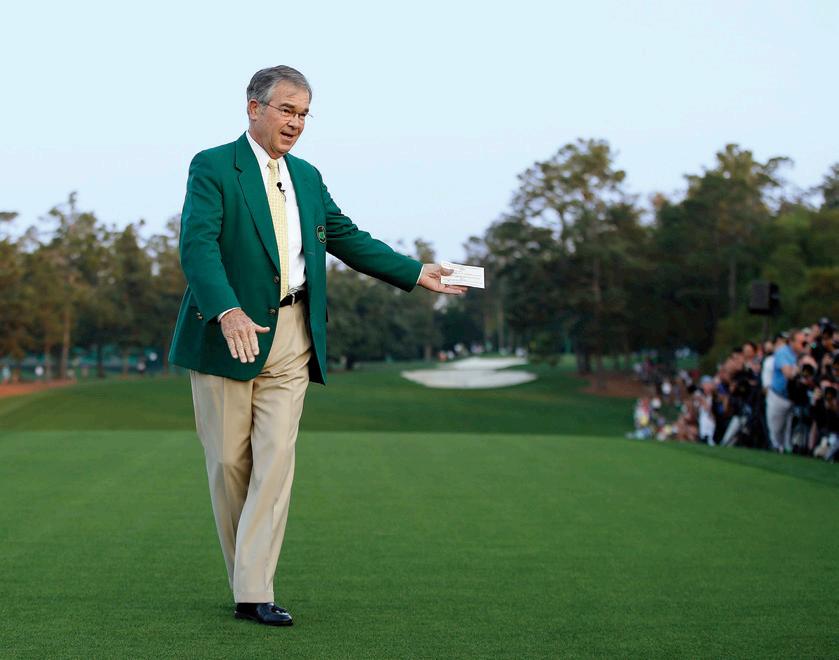
Payne was a real estate lawyer, and though land acquisitions were well under way when he took over, he sent the efforts into overdrive, believing what the club could achieve was limited only by the property at its disposal. He was a leader who was a commanding presence and astute tactician, and his reign coincided when golf’s other families — the USGA, PGA of America, PGA Tour and R&A — lost the veneers of their power because of public missteps or were led by individuals lacking Payne’s magnetic personality. Rather than isolation from these bodies, Payne worked to build relationships with them, which proved to be a catalyst for grow-the-game initiatives like the Drive, Chip and Putt and amateur championships in Asia and Latin America. Payne was socially conscious and understood the need to modernise the club, bringing in women as members to end almost a century of discrimination. Said one former PGA of America executive: “Payne wanted what was best for his club, but that didn’t have to be mutually exclusive of what was good for the sport.”
Payne was also a businessman, and one of the lessons he learned from his Olympic experience, multiple people who worked with Payne say, concerned the over commercialisation of the event. Payne was aghast at the volume of peddlers not associated with the city or the games that descended on the South, feeling they were not only diminishing the reputation of the Olympics but making money off the work of others. “Billy saw himself as a civil servant,” a member says, referring to Payne’s Olympic duties. “He wanted to show the world the best of Atlanta. He wasn’t naive to the commerce, retail and the like that would follow. He knew what it could do for the economy, but to Billy there was a right way and wrong way to do business. He couldn’t stand the amount of hucksters and that he was powerless to stop them.”
This is how the club had come to view what happened outside its walls during Masters week, including the secondary ticket market charging exponentially higher rates for Masters badges than prices the club issued them for, home owners renting out their residences for tens of thousands of dollars for the week and charging hundreds for cars to park on their lawns and pop-up stores hawking knock-off memorabilia on Washington Road. Payne saw these endeavours as barnacles and was adamant about ridding them from the club’s underside. This thinking led to expansion plans like a new highway exit that would keep patrons away from the street market. Fans should not have to pay more for parking










